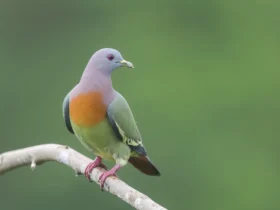In the dense forests of Southeast Asia, a truly magnificent bird roams with grace and elegance – the Elliot’s Pheasant. With its vibrant plumage and regal appearance, this rare and captivating species stands as a symbol of natural beauty and biodiversity. In this article, we will explore the enchanting world of Elliot’s Pheasant, delving into its appearance, habitat, behavior, and the conservation efforts aimed at protecting this remarkable avian treasure.
Elliot’s Pheasant images
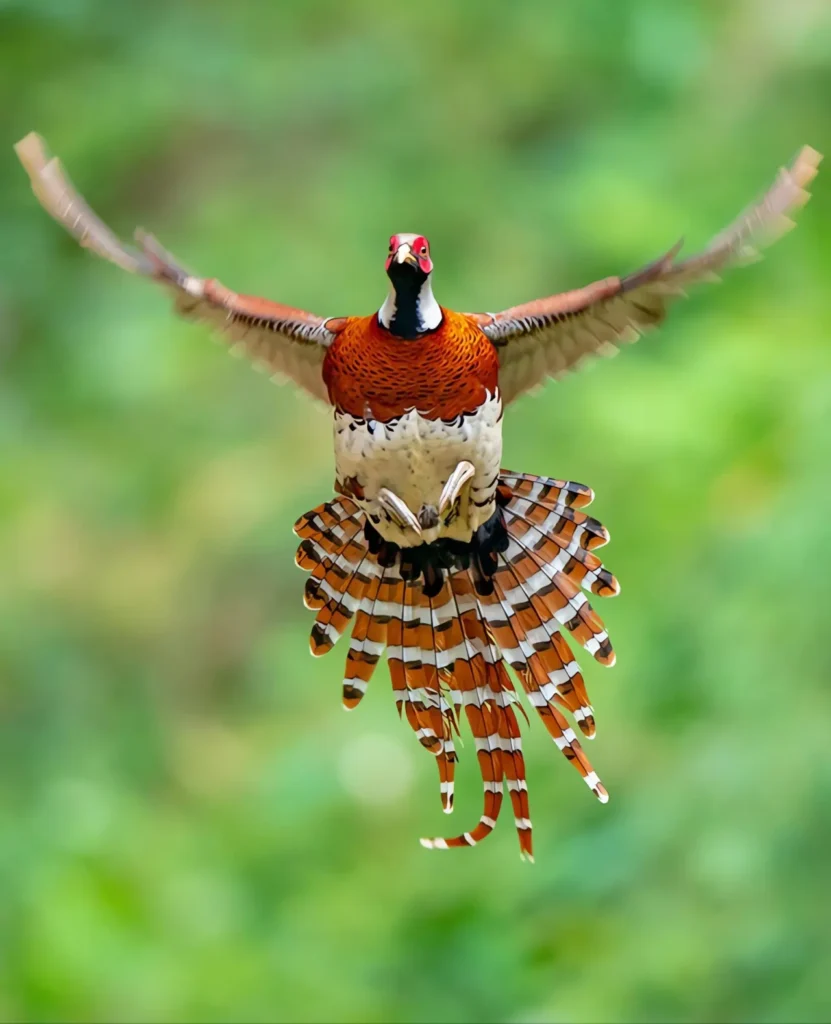

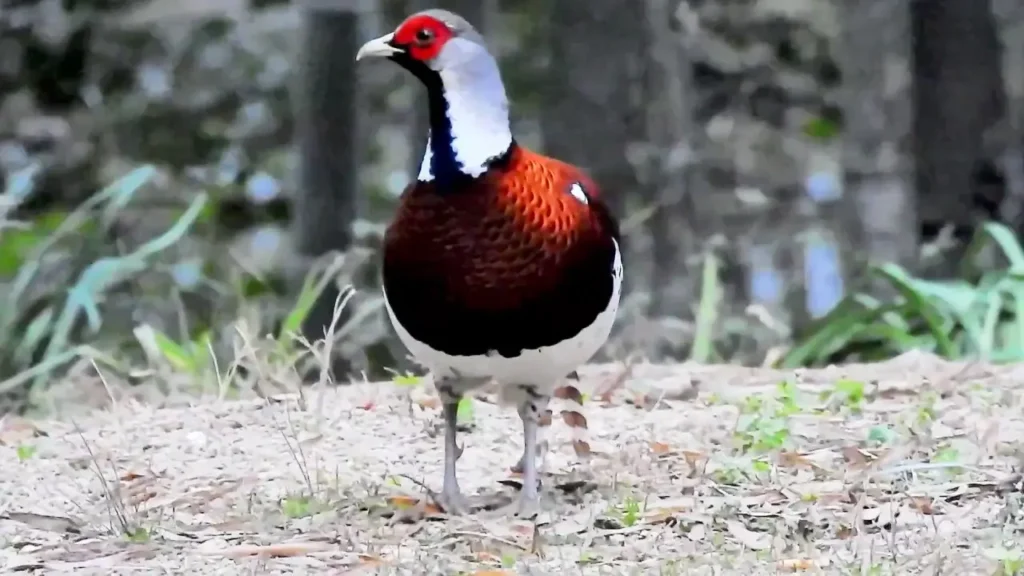
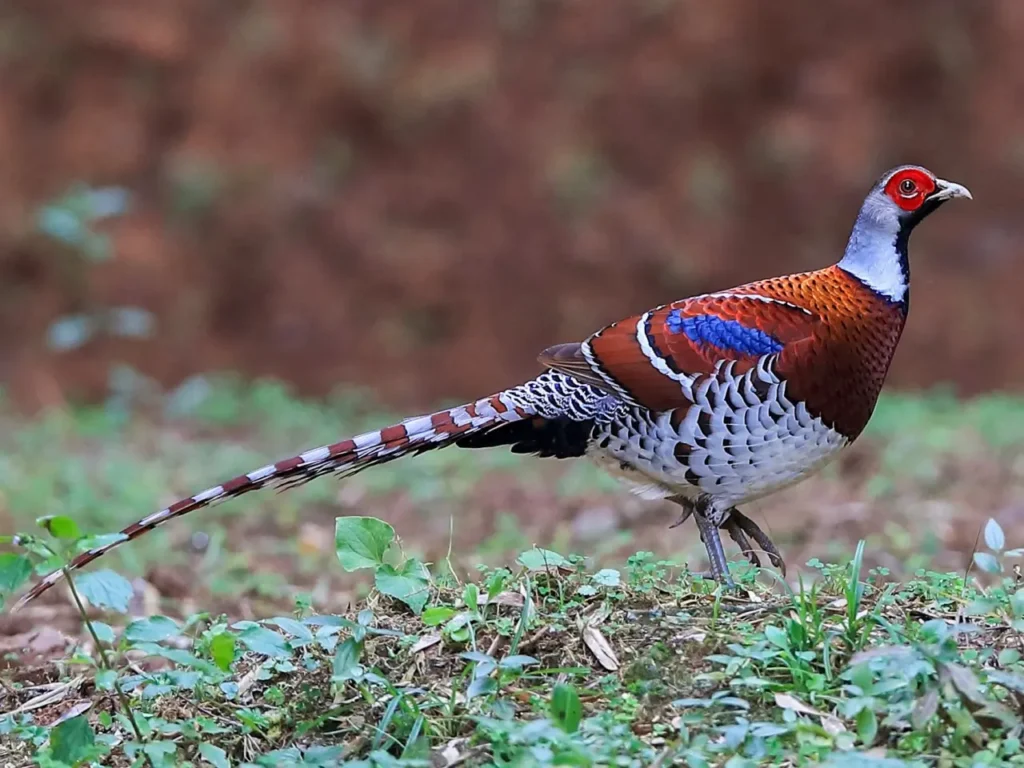
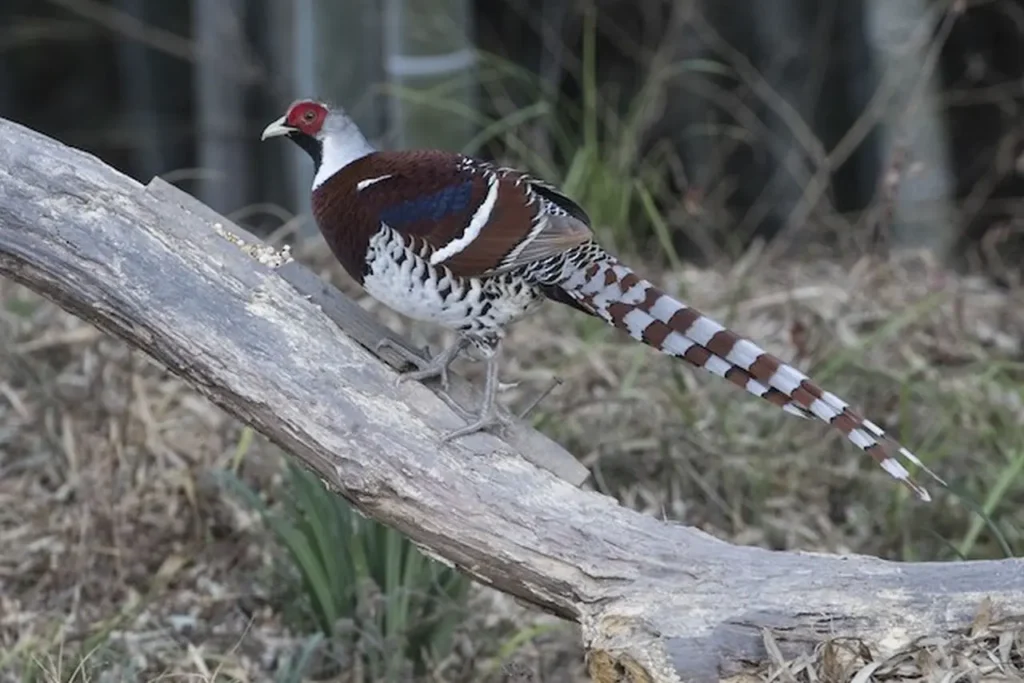
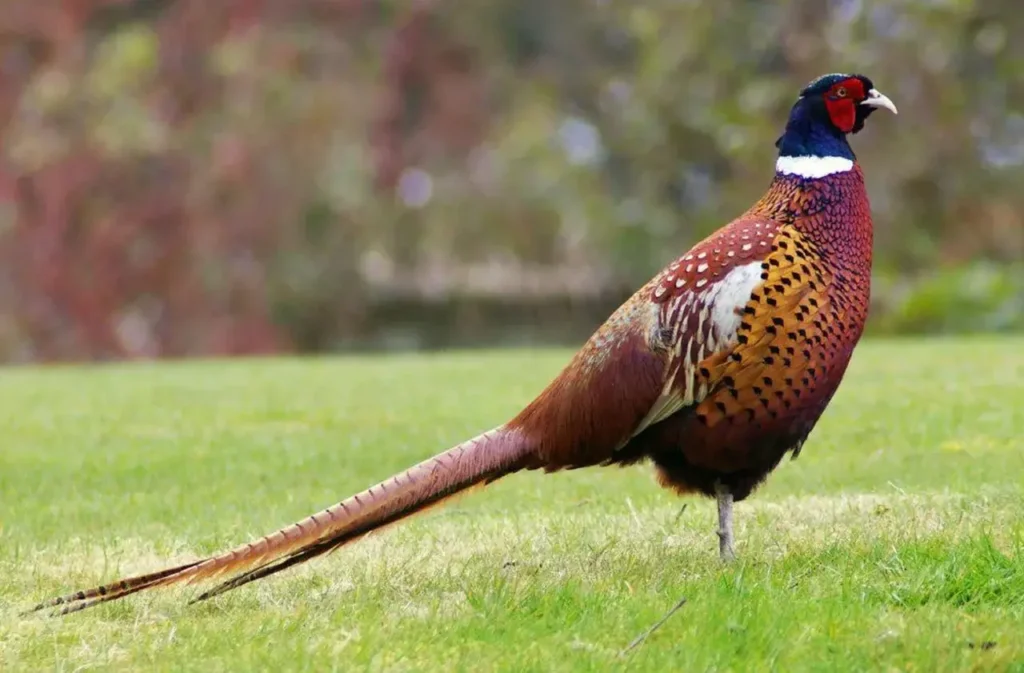
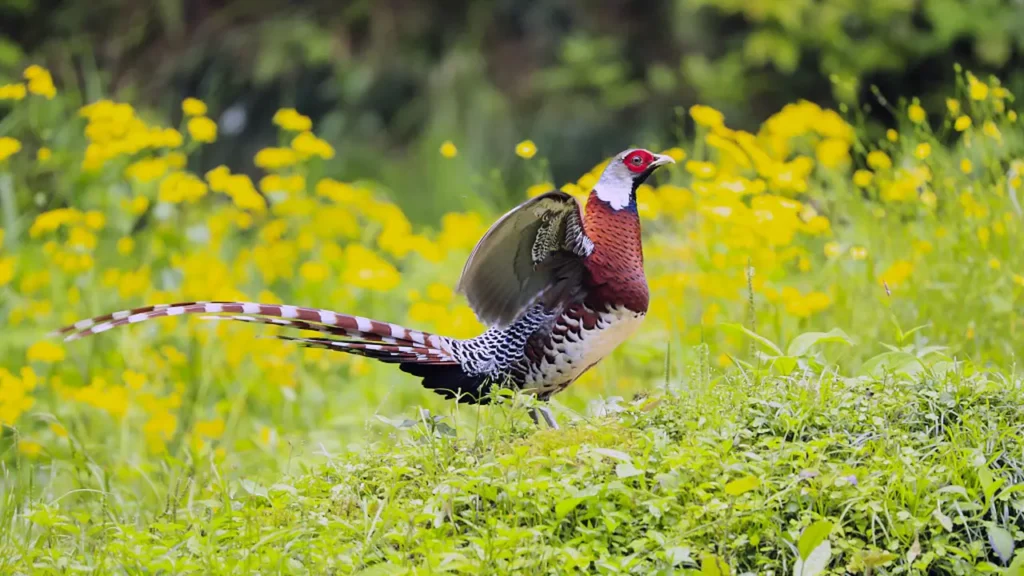
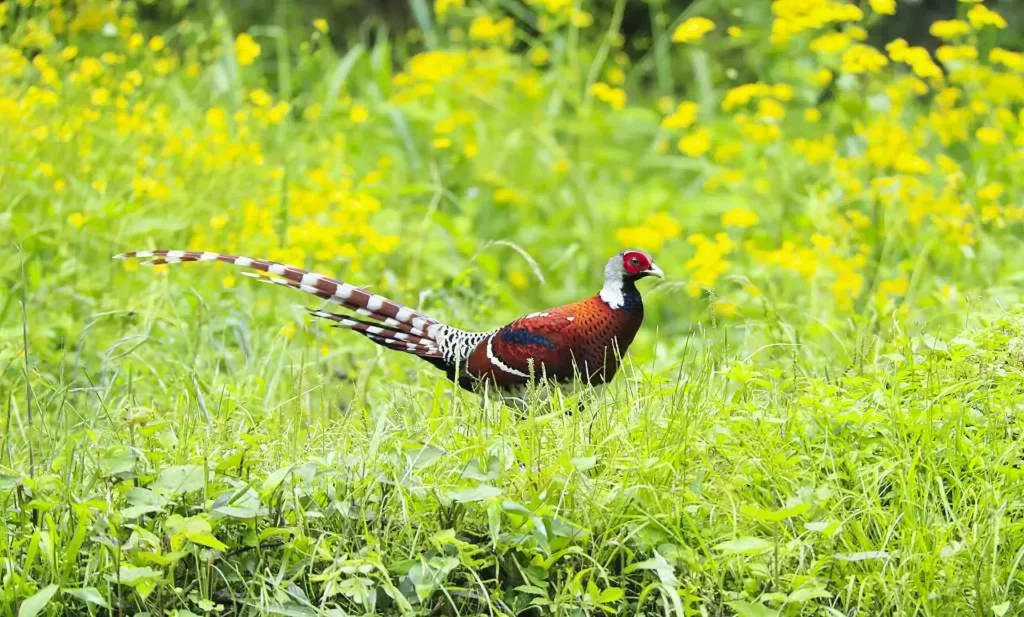
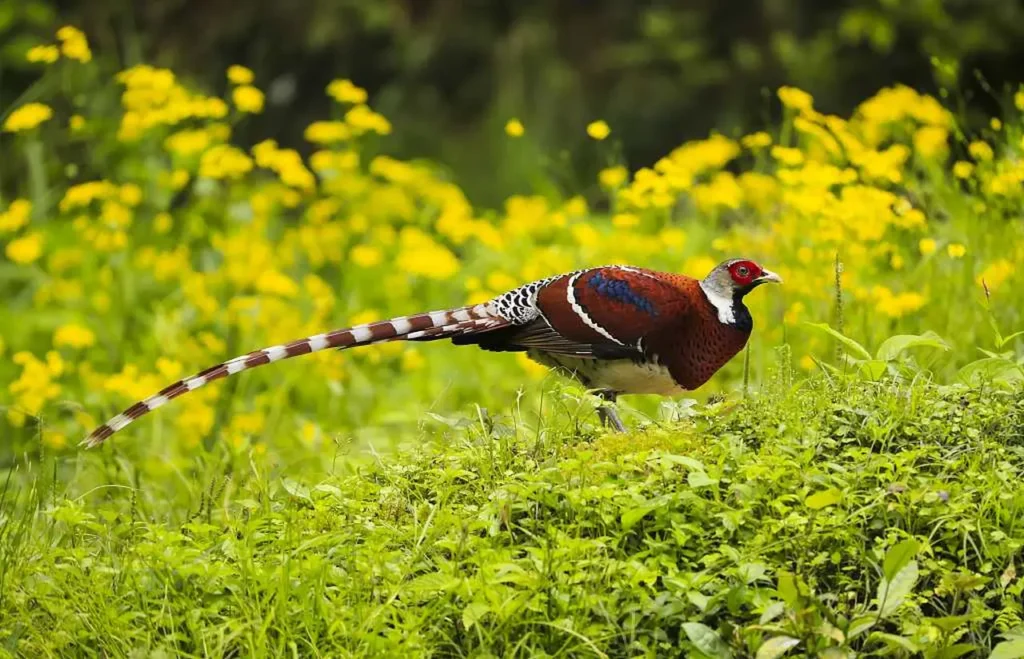
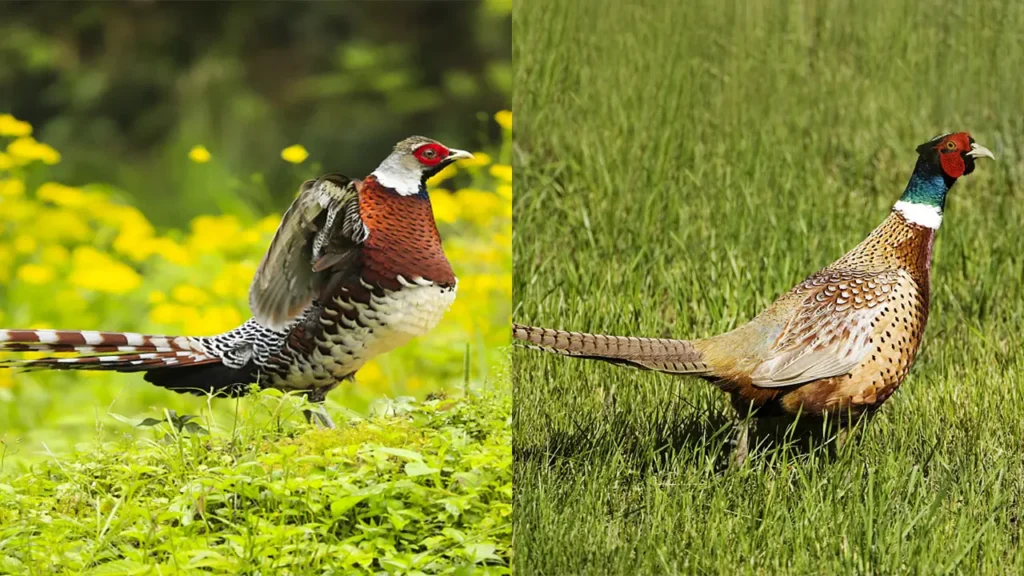
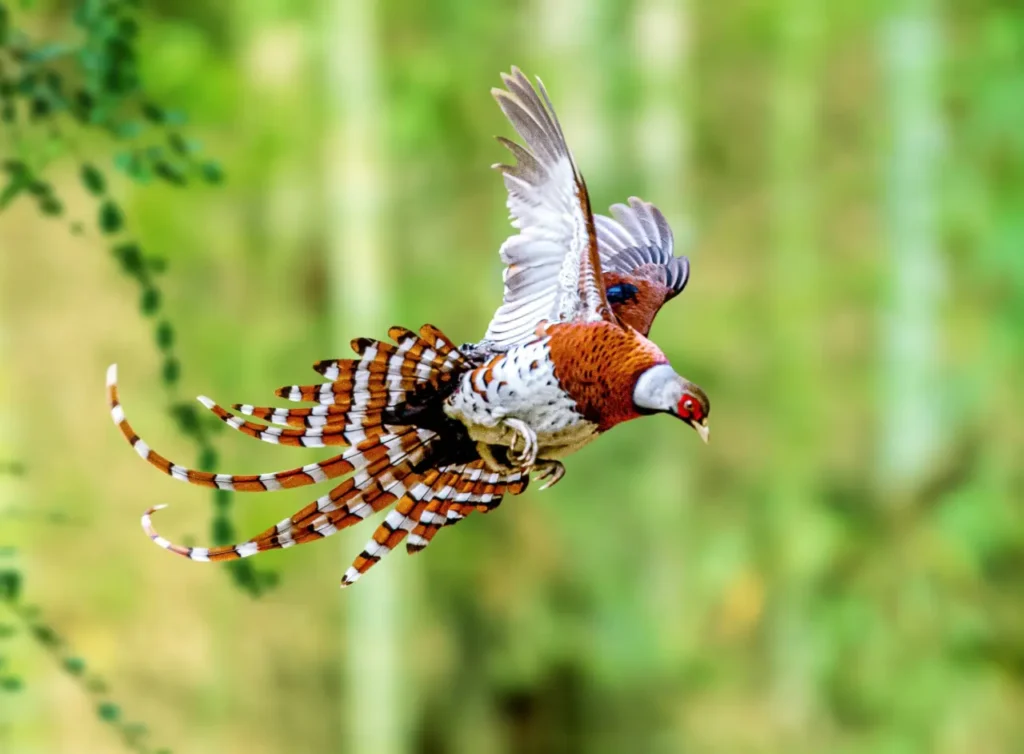
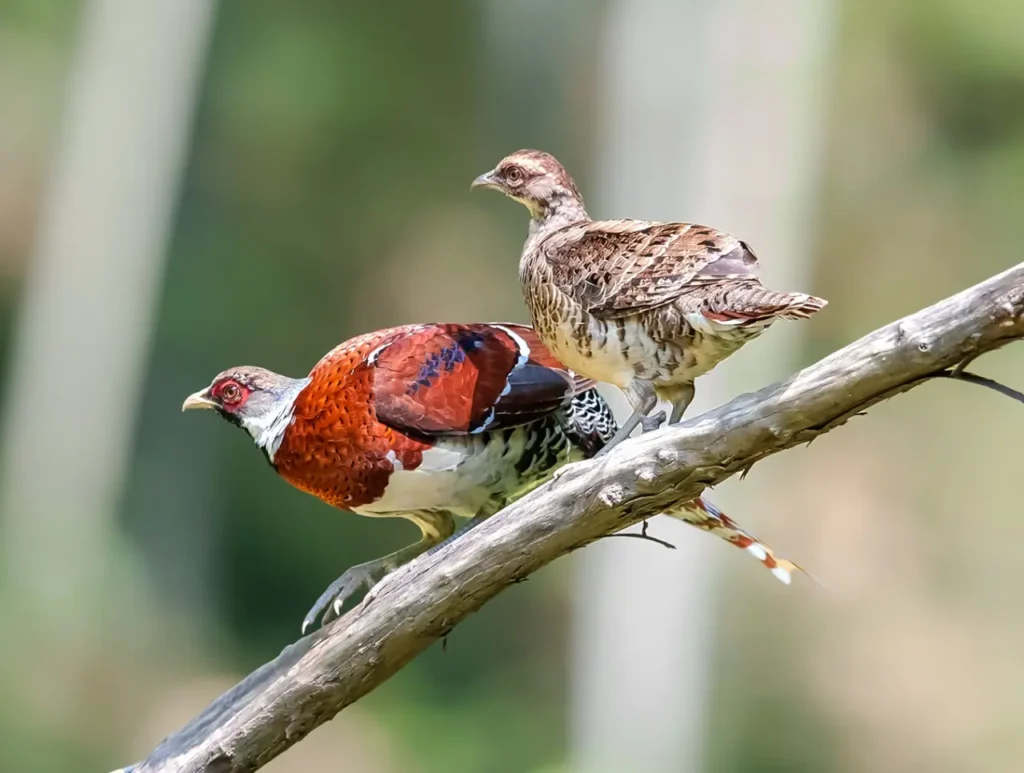
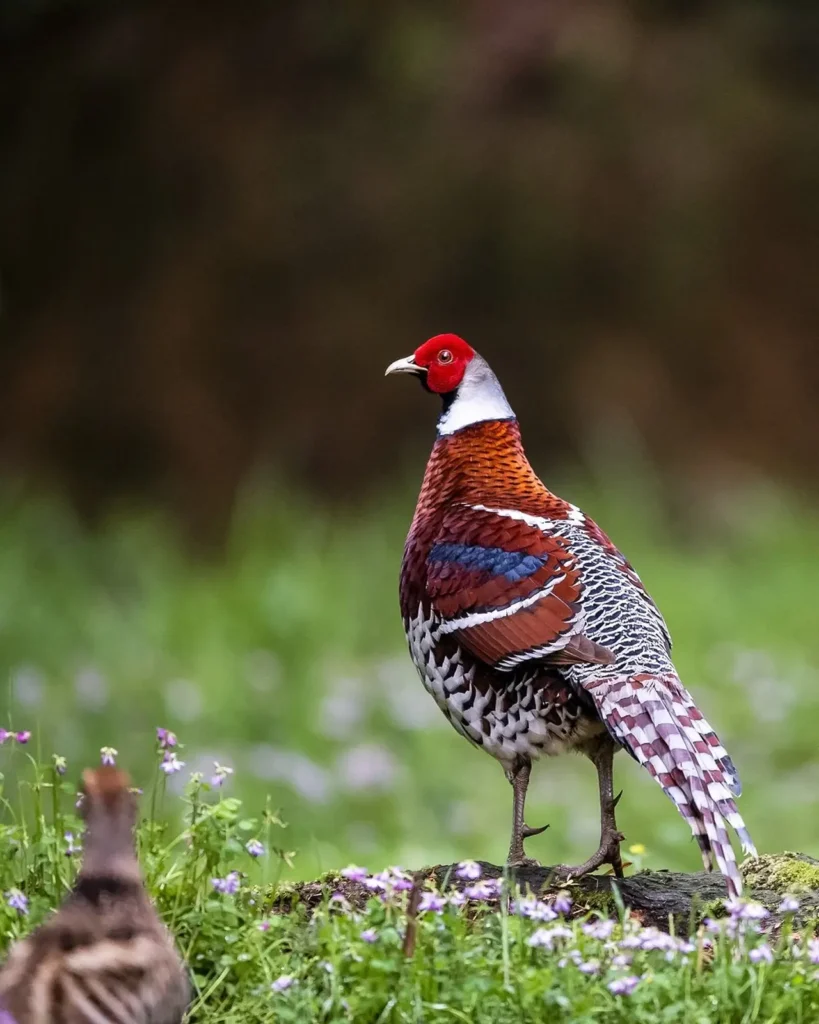
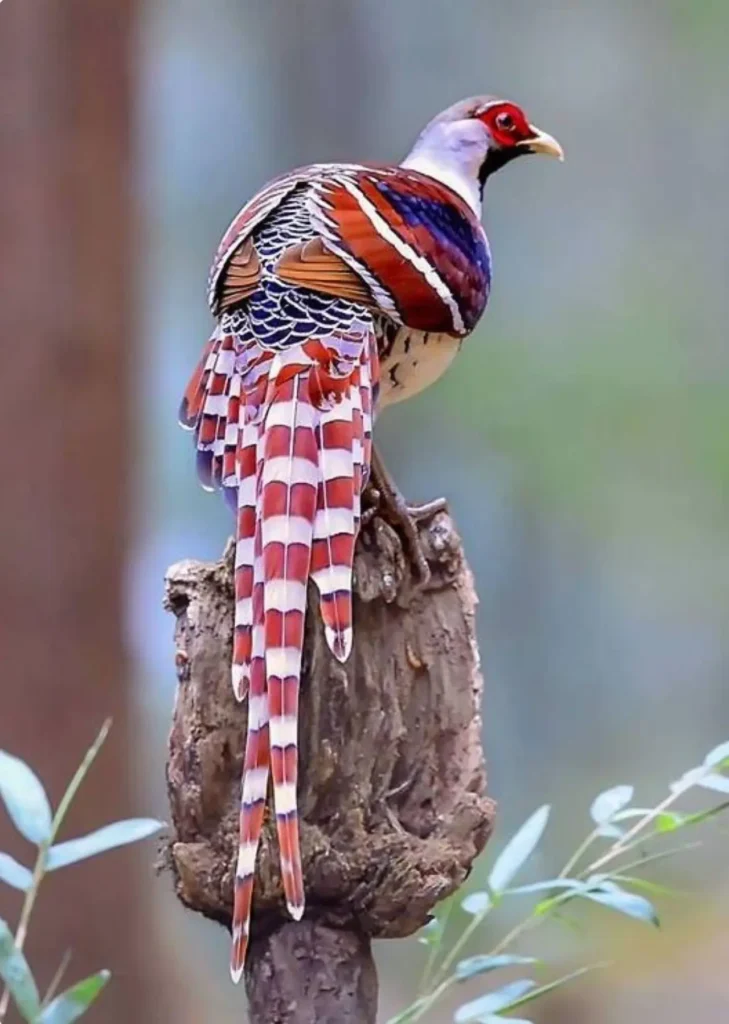
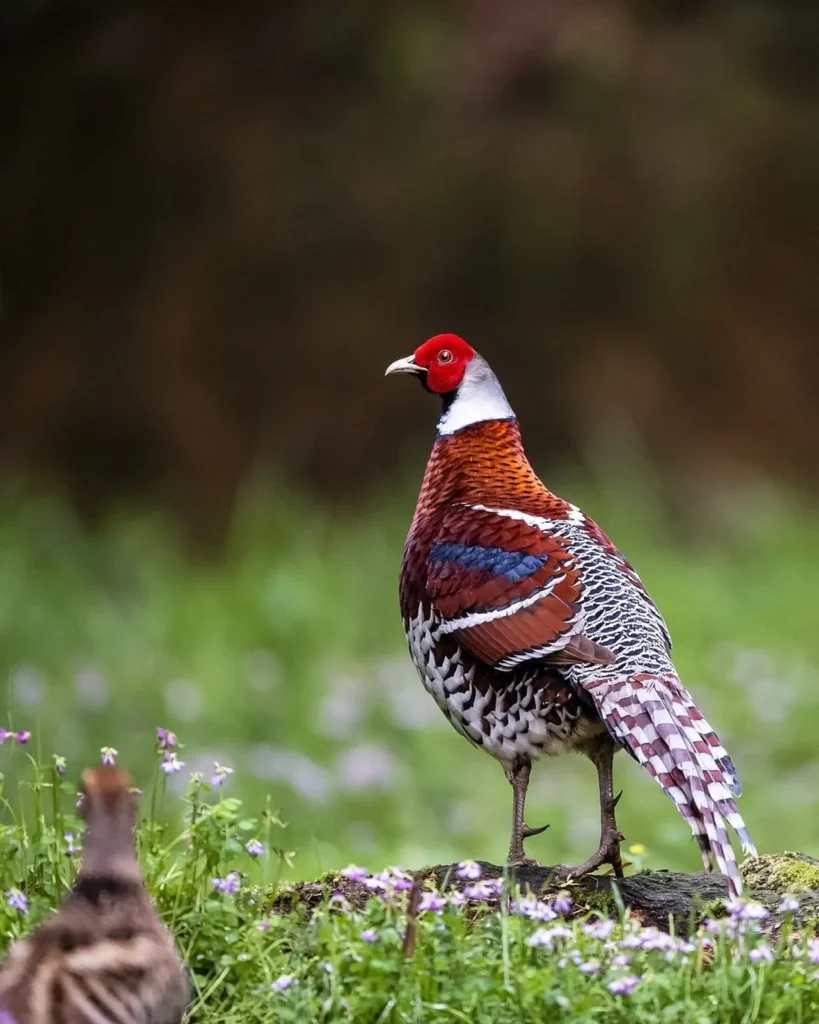
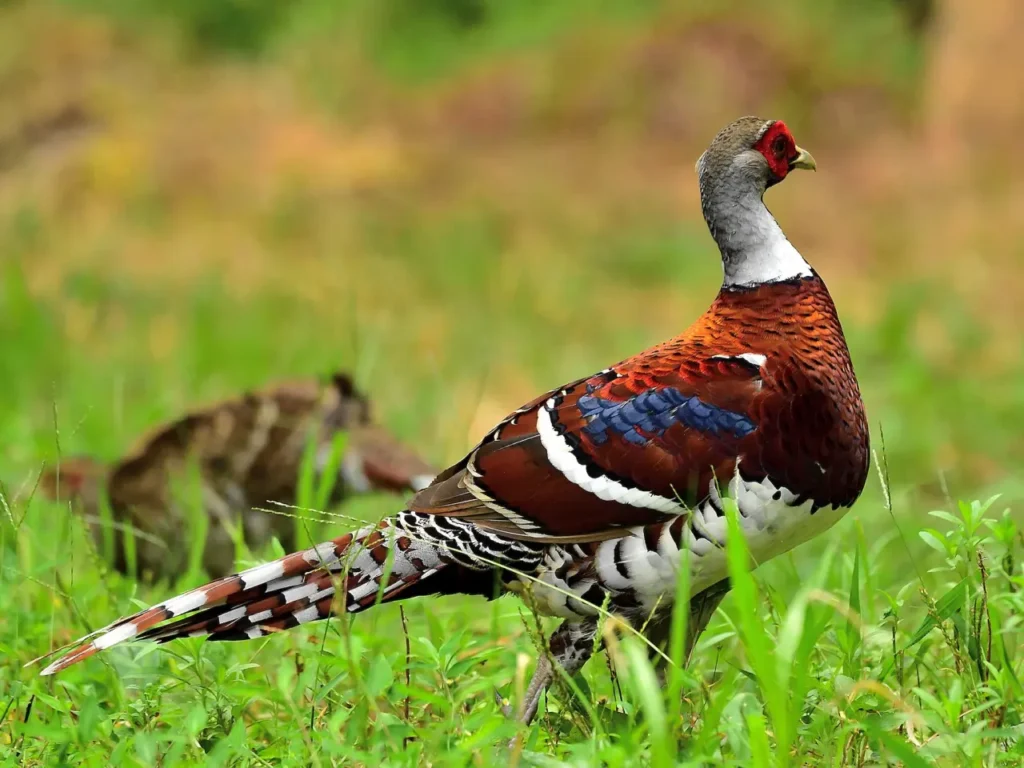
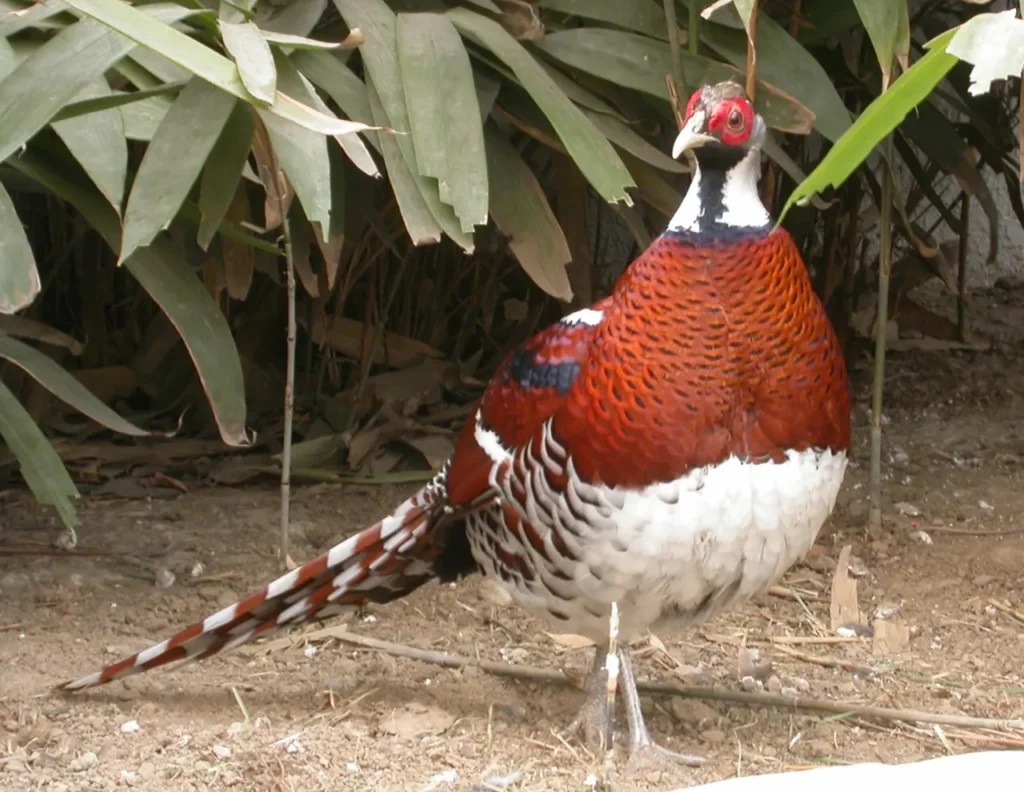
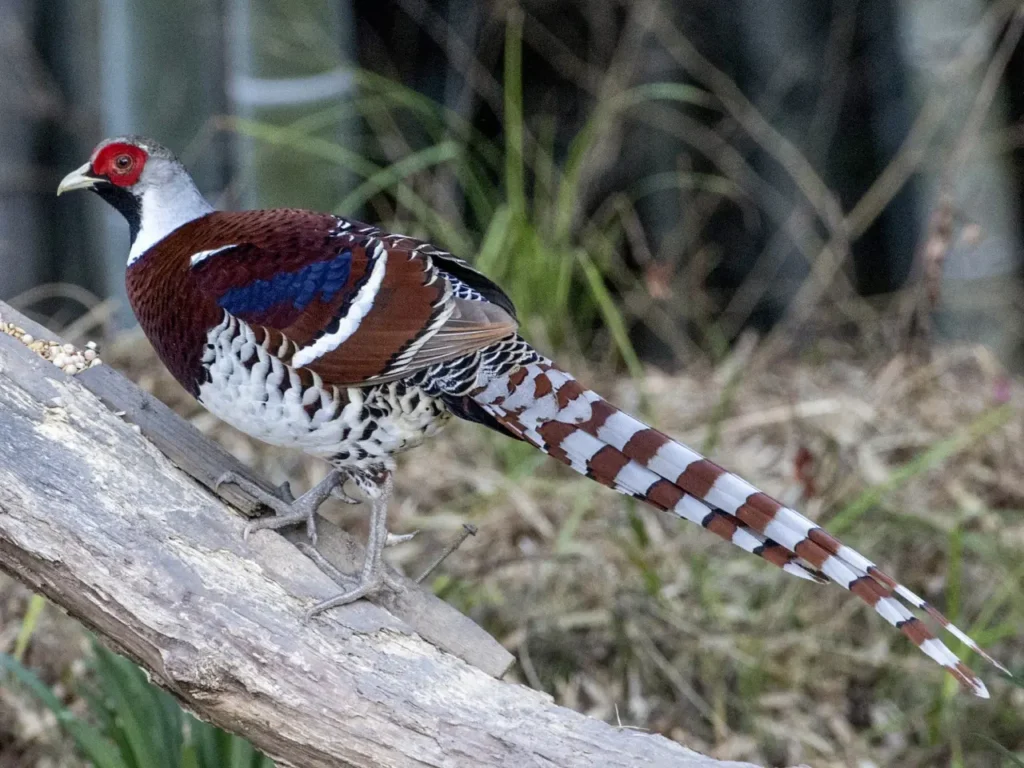
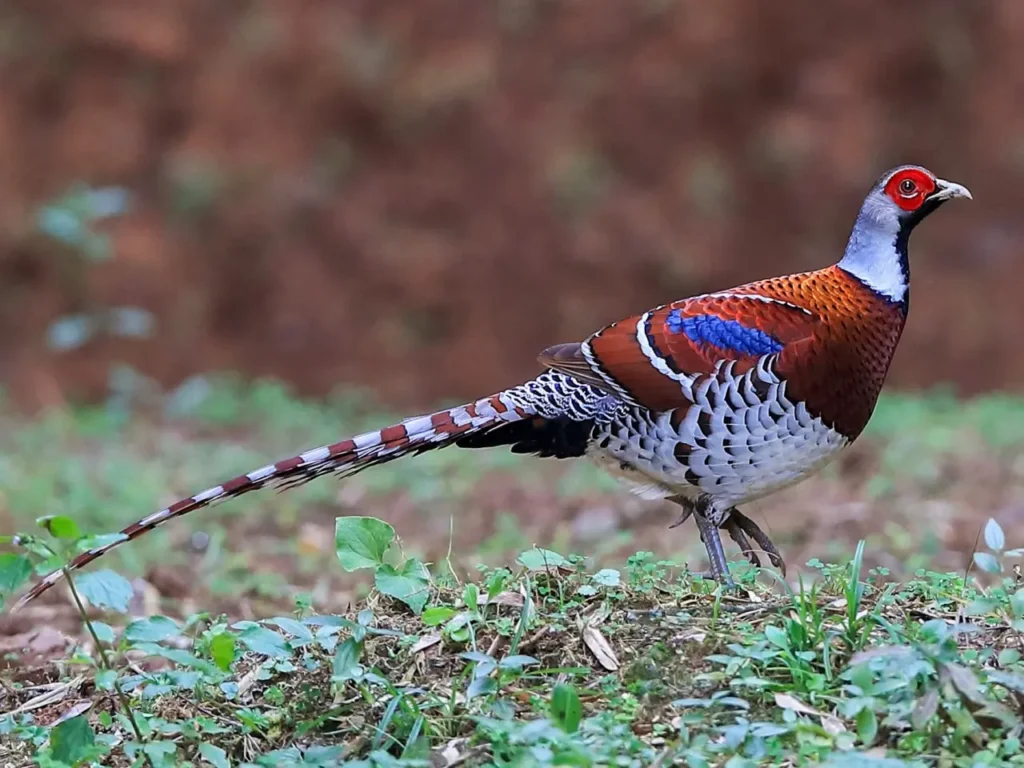
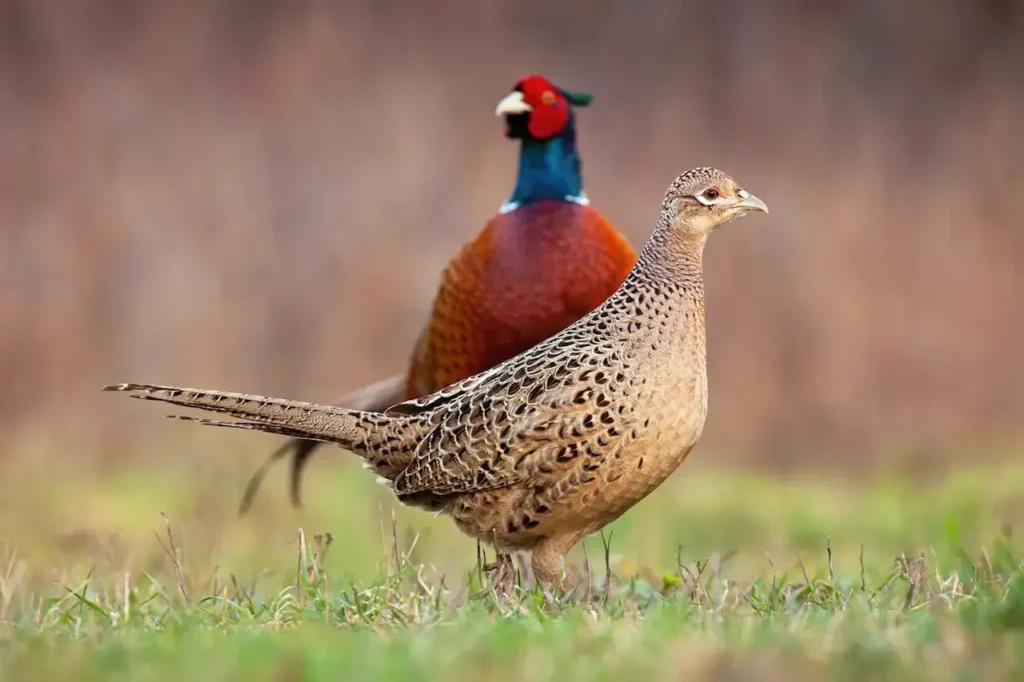
Appearance and Plumage
The Elliot’s Pheasant (Syrmaticus ellioti) is a large and striking bird, known for its intricate and colorful plumage. The male pheasant is a true spectacle, displaying a magnificent combination of metallic blues, greens, and purples on its body, complemented by a cascading white crest on its head. The long, flowing tail feathers, which can reach up to 1 meter (3 feet) in length, add to its impressive appearance. Females, while less showy, possess a more understated beauty with their brownish plumage, helping them blend seamlessly into their forest surroundings.
Habitat and Distribution
Elliot’s Pheasants are native to the mountainous regions of Southeast Asia, specifically in parts of China and Vietnam. They are typically found in subtropical or montane forests, where they prefer habitats with dense vegetation and a mixture of open areas and understory cover. These forests provide the pheasants with a range of food sources and shelter, allowing them to thrive in their natural environment.
Behavior and Conservation
Elliot’s Pheasants are primarily ground-dwelling birds, foraging for food on the forest floor. They have a diverse diet that includes seeds, fruits, insects, and small vertebrates. These pheasants are known for their shy and elusive nature, often taking cover at the slightest disturbance. Males engage in elaborate courtship displays during the breeding season, including fluffing their colorful plumage, spreading their tail feathers, and emitting deep calls to attract mates.
Sadly, like many other species, Elliot’s Pheasant faces numerous threats to its survival. Habitat loss due to deforestation, illegal hunting, and the collection of wild birds for the pet trade have all contributed to their declining populations. Recognizing the need for conservation, several organizations and governments are working towards protecting their natural habitats and implementing measures to combat illegal hunting.
Conservation Efforts
Efforts to conserve Elliot’s Pheasant focus on preserving their forest habitats and raising awareness about their ecological importance. Protected areas and national parks have been established to safeguard their habitats, providing safe havens for these birds to thrive. Additionally, conservation initiatives emphasize the importance of community involvement, education, and sustainable livelihood practices to reduce the pressure on their habitats.
Appreciating Nature’s Treasures
Elliot’s Pheasant is not only a stunning avian species but also serves as an indicator of the health of its forest ecosystem. By conserving and protecting these birds, we ensure the preservation of the entire ecosystem, including the countless other plant and animal species that rely on these forests for their survival.
Elliot’s Pheasant, with its breathtaking plumage and elusive nature, epitomizes the beauty and fragility of our natural world. As we marvel at the splendor of this avian jewel, let us also recognize the importance of conservation efforts to safeguard its future. By protecting the habitats and raising awareness about the significance of Elliot’s Pheasant, we contribute to the conservation of biodiversity and ensure that future generations can experience the awe-inspiring presence of this magnificent bird in the wild.
